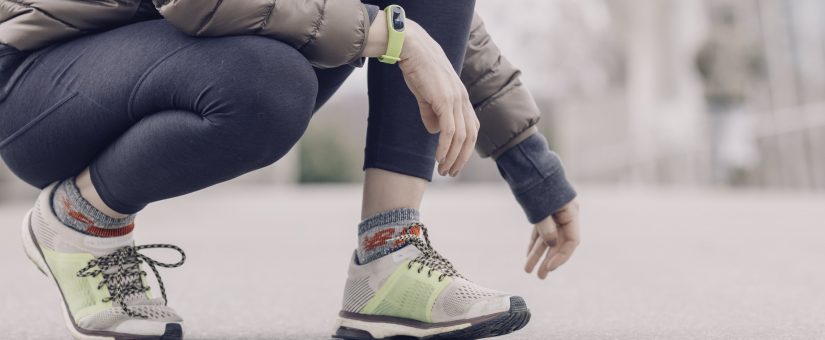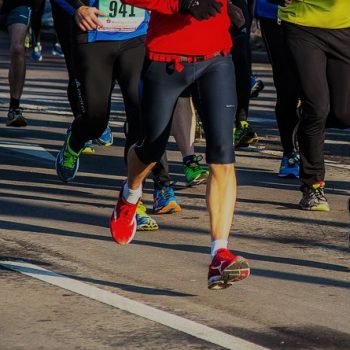
Boost Your Running Performance and Accelerate Recovery with Sports Massage
- Posted by Laura
- On 5th April 2018
- 0 Comments
- How does sports massage help me recover from running?, london, massage therapy london, sports massage, sports massage london
Sports massage manipulates your body’s built-in growth and repair processes.
A healthy body can keep up with the day-to-day tissue damage, but when you’re training – especially if you’re running – sports massage can give your body the boost it needs to keep up with its challenges.
A regular massage will help you recover faster, keep injuries at bay and train more frequently. It can be the difference between achieving your running goals or limping home.
How does sports massage help me recover from running?
- It improves circulation
When tissue repairs from the microtraumas sustained during running, there is a constant process of waste removal and growth/repair taking place within the circulatory system.
Metabolic waste products such as water, carbon dioxide, lactic acid and urea are cleared away at the same time that fresh blood containing red and white blood cells, oxygen, amino acids (protein) and glycogen (carbohydrate energy) flow in to rebuild and replenish the muscles.
This activity is what causes the inflammation, swelling and soreness experienced during DOMS, or delayed onset muscle soreness, which peaks between 24-48 hours after exercise.
By accelerating the circulation in the affected tissue, we can speed up this process, delivering more of what your body needs to heal and flushing out the waste. The techniques I use to improve circulation are known as effleurage strokes, which are relaxing, rhythmic strokes that stimulate blood flow.
- It restores movement
Keeping your body moving is key to preventing stiffness and tightness in your muscles, but it can be hard to move if your legs are feeling painful and inflamed.
By combining petrissage, which is a firm kneading of the muscles, with gradual lengthening, I can relax tight muscles and restore them to their full range of motion. This will speed up recovery from post-training stiffness and leave you feeling loose and light again.
In really knotted up, painful muscle I use NMT – or neuromuscular techniques – where I press on or around the affected muscle for about 30 seconds until the neural signal is cut off and the muscle relaxes. This immediately releases the tension and allows me to lengthen the muscle back out and gradually restore its full range.
- It breaks down scar tissue and adhesion
If tissue is damaged, whether from acute injury or gradual overloading (which I covered in my last blog), it can develop scar tissue or adhesion where the muscle fibres haven’t knitted back together correctly.
This is where the deep tissue work comes in. Two common techniques are deep stroking, which are deep strokes on a small surface area with high pressure from my fingers and thumbs, and friction strokes, which are high pressure, back-and-forth strokes applied directly to a problem area.
Does sports massage hurt?
If I’m going to get deep into your muscles to do my work, then sometimes that’s going to result in pain, especially if I’m delivering deep strokes or friction strokes to some really stiff and hard muscle.
But the amount of pressure I apply is always adapted to your comfort level and your body. There’s no one-size-fits-all massage that will do the job correctly.
If you’re uncomfortable and tense, that’s going to get in the way of me being able to work on problem areas. Before I get into any of the potentially painful parts of a massage I’ll make sure you’re relaxed, breathing right and I’ll talk through everything I do to make sure you’re comfortable.
A massage therapist who goes in like a bull in a china shop and causes their client to tense up is going to do more harm than good, and this is where the horror stories of deep tissue massages come from.
So don’t be scared: if you want to speed up your recovery and improve your running performance, give the clinic a call on
020 7497 8974 or email info@coventgardenphysio.com to book your sports massage.
Mark Edmonds – LSSM SPORTS MASSAGE THERAPIST






0 Comments